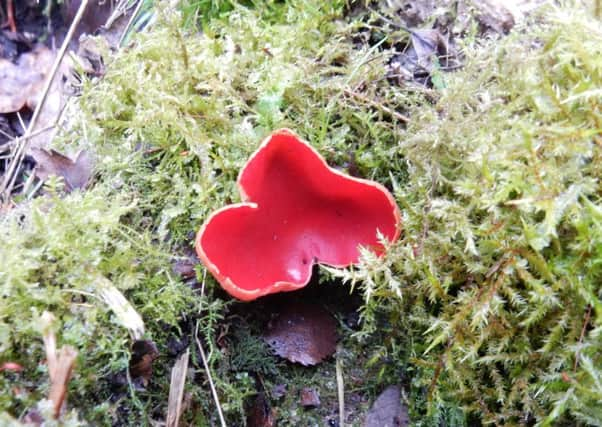Constant birdsong is an obvious sign that winter is now behind us


We can subtle changes day by day and there are also some to hear to confirm the inexorable march of the seasons.
Ever longer lighter days are complemented with birdsong, especially at daybreak and into the twilight when the thrush’s vibrant, varied and full-throated song is supreme.
Advertisement
Hide AdAdvertisement
Hide AdWintering flocks are also on the move. Over 100 whooper swans were seen resting at the remote Alemoor loch and skeins of pinkfooted geese have been reported flying very high heading north.
During the day in the garden there’s been a constant twitter from small flocks of finches high amongst the branches of surrounding trees as if delighting in the increased sunshine whilst more earth bound birds like the robin, dunnock and wren trill from hedge and shrub marking territory.
Also defining its territory in its own inimitable way was a male sparrowhawk which made a spontaneous visit to a new freestanding bird feeder I’d just positioned, to make a change from the existing ones hanging from a rowan tree.
It probably thought the more exposed position nearer to the house offered easy pickings but the dense cotoneaster bushes close by were safe refuge for its prey - blue tits, chaffinch and siskin taking cover in a flash.
Advertisement
Hide AdAdvertisement
Hide AdFrom my new vantage point inside the bay window the hawk could be seen in vivid detail. The lasting impression is of its unique, almost glowing, orange-buff or rufous colouring and the relaxed way it preened on one of the perches there, after alighting in an instant as if to lick its wounds at its failure to make a kill. Then with a flick of its wings, it glided effortlessly away in a wide arc on a further foray to make up for the loss.
Winter though still held its grip in Whitlaw Wood, the Scottish Wildlife Trust site in Teviotdale, this week when I visited with a fellow outdoor enthusiast. The cold ground was still heavily saturated and sodden. It was interesting though to see where the former Waverley line ran following the Slitrig Water and how the infrastructure for drainage laid down so long ago (culverts, ditches and ballast) meant the former track was relatively dry to walk along though one had to weave amongst the numerous self-sown trees of birch and hazel with just a few catkins dangling to brush ones face.
Beyond the reserve through the trees, the old line could be seen green and as flat as a billiard table sweeping away to the Flex in a sharp curve in a very deep cutting with sheep shorn grassy banks as smooth and graceful as if ‘landformed’ by the landscape architect Charles Jencks himself.
It was then my companion spotted amongst the leaf litter and mosses, splashes of crimson red, an outlandish and eye-catching a colour as intense as anything summer can deliver. It was a fungi he identified as the Scarlet Elf Cup, one of the very few (ranging in size from that of a golf tee to an egg cup) that can establish even in frosty weather to steal a march in the spring.